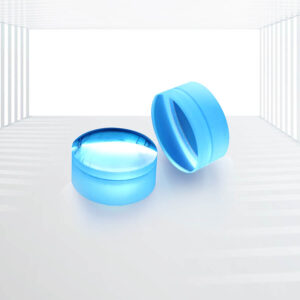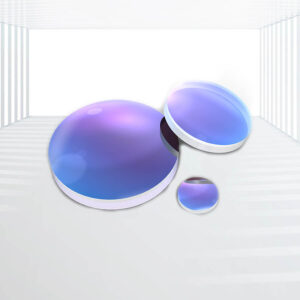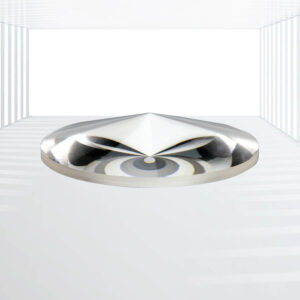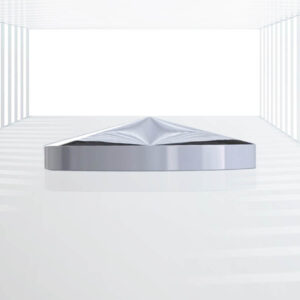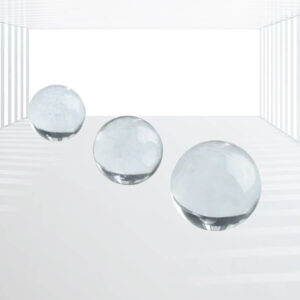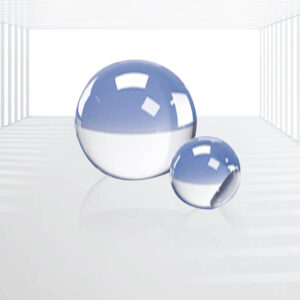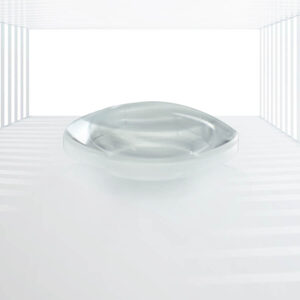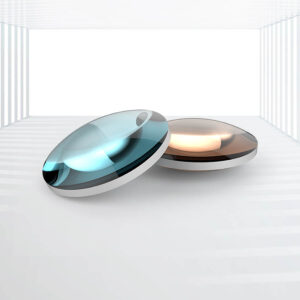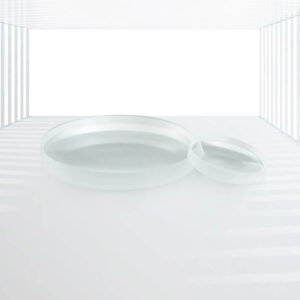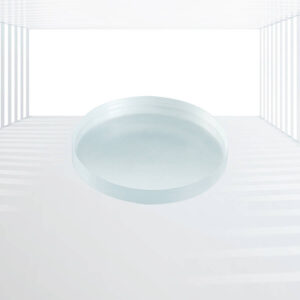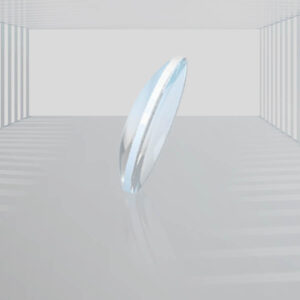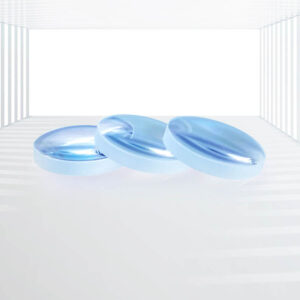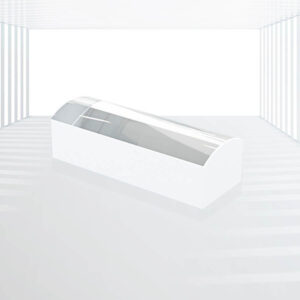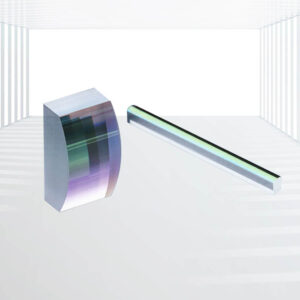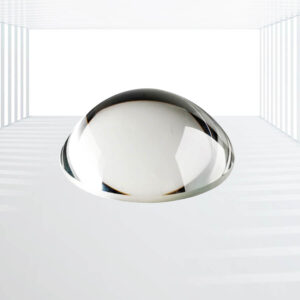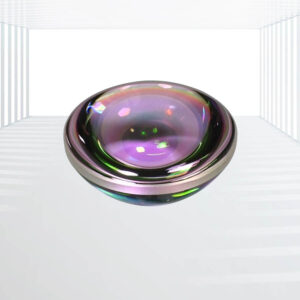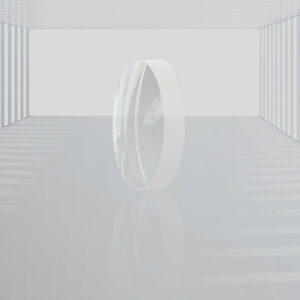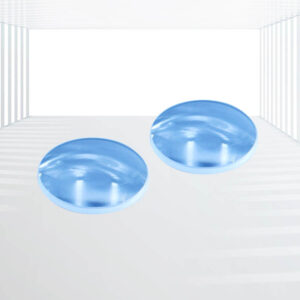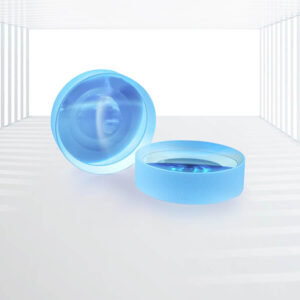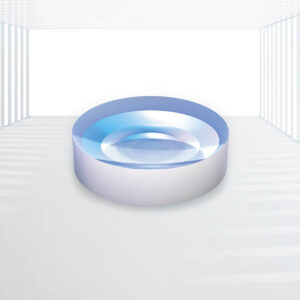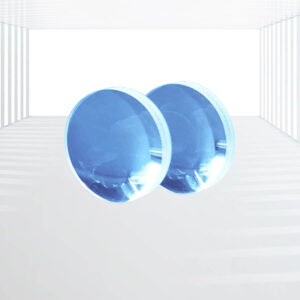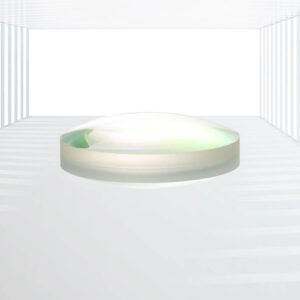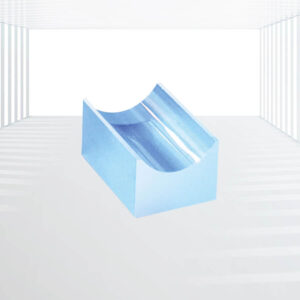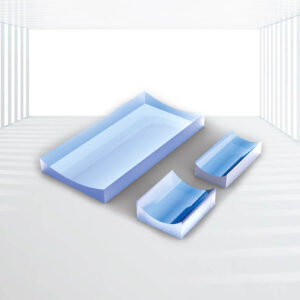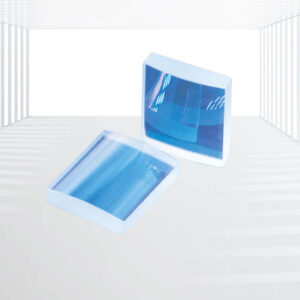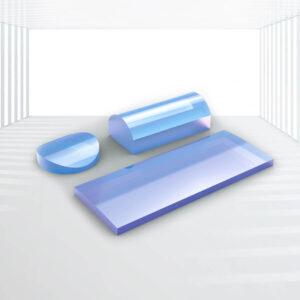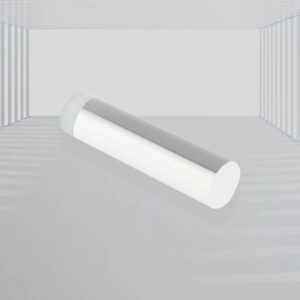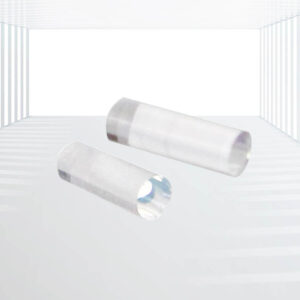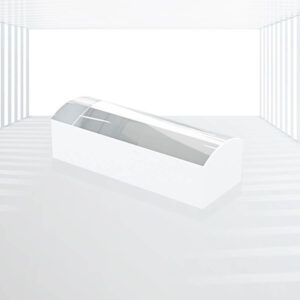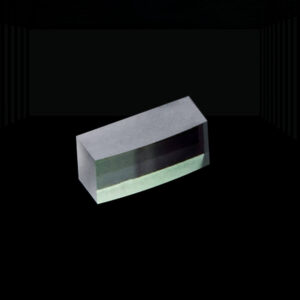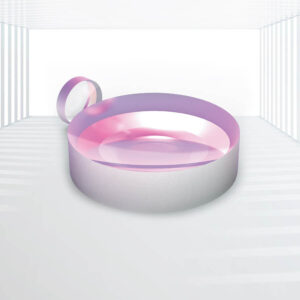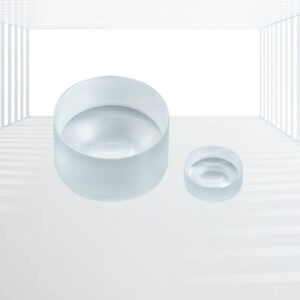Wide Transmission Range:
Ultraviolet to Infrared: CaF2 lenses offer a very wide transmission range, typically from 150 nm in the ultraviolet (UV) to 8 µm in the infrared (IR), making them suitable for a broad spectrum of optical systems.
High Optical Performance:
Low Fluorescence: CaF2 exhibits minimal fluorescence, which is crucial for applications requiring high sensitivity and low background noise, such as UV spectroscopy and imaging.
Excellent UV Transmittance: The material’s excellent ultraviolet transmittance makes it ideal for UV applications, including UV lithography, laser optics, and UV spectroscopy.
High Laser Durability:
High Damage Threshold: CaF2 has a high laser damage threshold, allowing it to withstand intense laser radiation without significant degradation, making it suitable for use in excimer laser optics and other high-power laser systems.
Chemical Inertness and Hardness:
Chemical Stability: CaF2 is chemically inert, making it resistant to corrosion and degradation from various chemicals and environments.
High Hardness: Compared to similar materials like barium fluoride and magnesium fluoride, CaF2 has superior hardness, which contributes to its durability and scratch resistance.
Customizable and Versatile:
Multiple Coatings: CaF2 plano-convex lenses can be coated with anti-reflection (AR) coatings optimized for specific wavelength ranges, enhancing their transmission performance and suitability for various applications.
Custom Sizes and Specifications: Lenses are available in various diameters, focal lengths, and center thicknesses, allowing for customization to meet specific optical system requirements.
Wide Range of Applications
Imaging and Beam Collimation: Due to their positive focal length, CaF2 plano-convex lenses are well-suited for imaging and beam collimation applications, such as telescopes, collimators, and condenser systems.
Scientific Research and Industrial Applications: Their wide transmission range and high optical performance make them valuable for use in spectroscopic instruments, laser systems, and other optical devices employed in scientific research, industrial manufacturing, and medical diagnosis.

